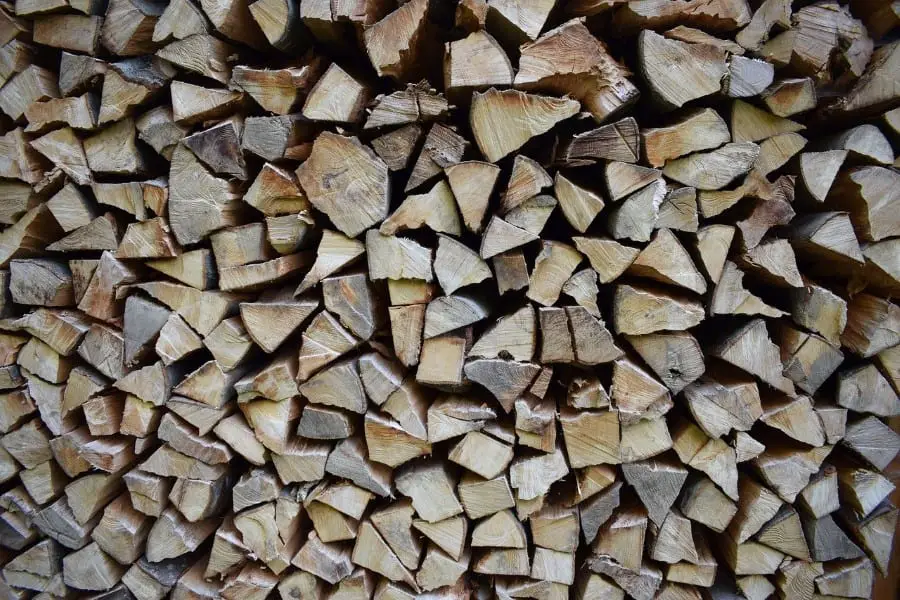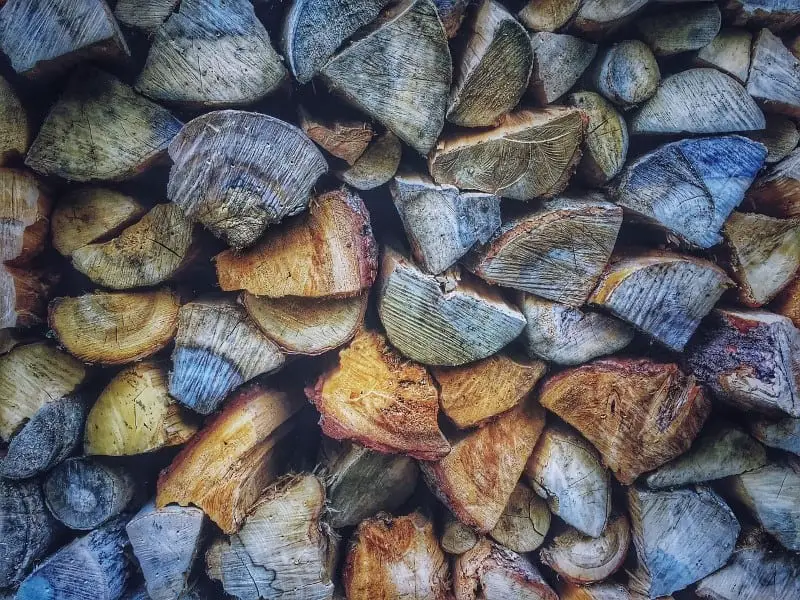In the same way we might ask why oranges are orange, and apples are green and red, it’s common for us to ask – why is wood brown?
As much as it may be complex to understand the science behind these, this article will try to provide a simple explanation as to why wood is brown and much more.
But first, here’s the quick takeaway answer, then we’ll get into more details…
Why Is Wood Brown? Wood absorbs photons that appear brown to the human eye. The color of any object is determined by both the chemical and quantum mechanical interactions with photons. As these elements can differ, this accounts for the variances in wood colors.
Structure and extractives in the wood, discoloring by fungi, and other environmental factors can also make wood brown.
The science behind wood being brown
While there may be many reasons and scientific or biological reasoning behind wood being brown, below are some common reasons why many experts believe wood is brown.
Absorption of photons
This is said to be the first, or primary reason why wood is brown. The color of any object in addition to wood is determined largely by its chemical composition, as well as it’s quantum mechanical interaction with light.
So in a nutshell, wood is brown because it absorbs photons that, to us, appear brown.
Let’s dive into more details.
The white light that we see with our naked eye is actually a mixture of several other colors that exist on different wavelengths.
This is like the different pitches of sound we hear on a piano, and how each note differs slightly from the next.
So, when light hits an object, some colors are absorbed and some are reflected toward the naked eye.
In the case of wood, all colors are absorbed by the wood – except for the colors, hues and shades that creates brown, thus making wood appear brown.

Structure of wood
When light hits an object, like wood, the molecules that absorb the light are called Chromosomes.
Some chromosomes are soluble, which helps in emitting certain colors, for example, chlorophyll is what gives leaves their green color, and carotene and lycopene that gives carrots and tomatoes their color are all soluble.
Soluble here means that these chromosomes can “dissolve” like they’re in some form of liquid, like water or oil.
The advantage of these “soluble” chromosomes is that it’s easy to fish out and study their color profile, the reason for their appearance, and so on.
But what happens in wood is that many of the chromosomes are only a small part of the larger molecule that is the wood’s structure. So exactly what causes the brown color can be studied and separated.
Because of this absorption behavior of photons, many believe that the structure of wood and the intricacies and complications it brings about for chromosomes is what causes wood to appear brown.
Note – Color is anything that we see that reflects sunlight – or room light – bouncing off objects – and as seen with our naked eyes.
It’s almost an illusion of light, and it can be interesting to see how – or in what color wood appears when seen under infra-red, ultraviolet light, or when other forms of light are reflected onto them. Wood can appear to be different shades in different light settings.
Extractives in the wood
There are two types of wood in trees. The sapwood and the heartwood.
The sapwood of most trees is white or cream in color – these tend to be more on the lighter side of brown.
In contrast, the heartwood is the one which has more of the dark brown color – and in some cases other varieties of brown shades. In fact, there are colors of wood for almost all the colors in the spectrum, from pinks to greens to blues.
What makes the heartwood brown is the extractives they contain. The extractives in the heartwood are those elements or natural chemicals that preserve the dead inner wood of trees from possible attacks, such as bug and fungal attacks.
These extractives help make the heartwood extremely resistant to rotting. It’s believed these extractives could be one of those elements that contribute to making wood appear brown.
And the reason why sapwood is not brown but is more on the lighter shade of brown through to pale – is that they don’t need any extractives.
This is because since the sapwood is “alive”, they have their defense in place and can actively defend themselves from possible attacks.
This is also one of the reasons why sapwood rots more quickly than heartwood.
Discoloring by fungi
Add to this too, that some experts believe wood gets its dark brown color through the discoloring of fungi – called salting.
These fungi begin discoloring the wood into its dirty or brown color. The initial light-colored wood is browned by firstly creating small brown lines in the ordinarily white sapwood, in some cases.
These discoloring lines can be red, black, or black birch bluish-green which all eventually gives wood it’s different hues.

Other environmental factors
Although there’s no proper or solid reasoning behind this, some also believe that the type of soil, temperature, exposure to oxygen, sunlight, and other air particles could have a role to play in making the wood brown or any other color of wood for that matter.
The same reasoning says that the amount of exposure wood has to sunlight is what determines the darker brown or light brown shade of the wood.
In fact, wood that has been cut off and left exposed to the sun for a period of time to become seasoned wood, does take on a darker brown shade, than wood that has just been cut.
We should also mention, sometimes it could be the age of the tree that determines the darker brown shade a wood inherits – meaning the older the tree is the darker the brown is.
To finish…
It seems there are, in fact, a number of contributory factors that could all equally determine the color of wood. They likely all play a part to a greater or lesser extent and it’s difficult to tell to what degree each is involved – if at all.
Fair to say, we know the majority of wood and trees we see as being brown, but if we search close enough we can find a multitude of wood colors.
This content has been checked and verified by a qualified veterinary practitioner. The article has been reviewed by our editorial board and has been approved for publication in accordance with our editorial policy.
